DONG THAP - Located 150 km from Ho Chi Minh City, Tram Chim National Park covers nearly 7,400 hectares, with the last remaining wetland ecosystem of the ancient Dong Thap Muoi region.

Tram Chim National Park (Tam Nong District) is home to more than 230 bird species, including 32 rare species and 16 species listed in the Red Book. In 2012, Tram Chim was recognized as the 2,000th Ramsar site (wetland of international importance) in the world and the fourth in Vietnam. In the photo is a corner of the national park. Photo: Ngoc Tai

February is the best time to visit Tram Chim to see the birds flying back and forth. The flocks of birds here are as diverse and beautiful as a fashion show.

In Tram Chim, visitors will admire an ancient West with flocks of storks flying across the sky, fish splashing in the water and many native plants that seemed to have disappeared. Visitors can most easily encounter a flock of snail storks, a strictly protected resident species of the crane family. These birds help farmers eradicate pests, when they eat snails, they will gather the shells in one place. In addition, Tram Chim also has storks, snake-necked birds (diên sơn), grey herons, and herons.

Birds gather to feed and live in areas C1 and C2 of the garden because there is the most food.

The red-crowned cranes - the symbolic species of Tram Chim - have not migrated to the park for many years. Recently, Dong Thap province has approved a project to conserve the red-crowned crane flock with a total investment of 185 billion VND, to be implemented in 10 years. According to the plan, the province will receive the first pair of cranes from Thailand out of a total of 60 transferred. From the parent cranes, about 40 more will be born. When releasing 100 cranes into the wild, the project aims for a survival rate of 50%. Photo: Nguyen Van Hung

Tourism activities in Tram Chim take place all year round but there are some typical seasons. The season of purple auricularia flowers - flowers of a type of seaweed that lives in flooded areas - usually starts blooming in late January and early February and lasts for about 2 months. Next is the season of yellow auricularia flowers, a type of wildflower, blooming from March to May (photo). The flowers bloom bright yellow across dozens of hectares of fields, from 10am to 1pm. During the blooming season, this place attracts a lot of tourists.

Visitors can also see white and red water lilies spread over hundreds of hectares. When harvesting water lilies in Tram Chim, people will take the long stems deep in the water, so they have to tie them into rings for easy transport. Fresh water lilies can be used to make many delicious dishes such as salad, braised fish sauce, stir-fried with garlic, and shrimp soup.

To visit the garden, visitors can choose to go by motorboat (photo) or tugboat - a means of transport that is considered a Western cruise. The tugboat is designed with a boat in the front controlled by the captain, pulling two boats behind. Passengers can both enjoy the scenery and enjoy the cuisine right on the boat.

There are two routes with a distance of 12 km and 21 km, taking from 1h30 to 3h. Along the route, visitors will see a miniature Dong Thap Muoi with cajuput forests, fields of reed grass, wild rice, and lotus fields. Underwater, there are some species of plants that are hard to find in nature such as wall moss, foxtail seaweed, water lily, co tubers, purple ear flowers, and yellow head an.
The tour route will stop at point C4 - located in the middle of the forest, a 16 m high observation tower that helps visitors easily see the whole view from above. Next to it are shops with rustic dishes, typical of the river region. Photo: Ngoc Tai

Tourists come to Tram Chim not only to visit but also to study and take photos. A photographer shared that taking photos of wild birds here requires patience and passion. "Sometimes it takes hours to get as close as possible, but if you are not careful, they will fly away," said Mr. An. In addition, a good camera and lens are also factors that help photographers succeed.

To enter Tram Chim National Park, visitors must buy tickets, rent a motorboat or a tugboat to move inside the park (maximum 20 people per vehicle). Visitors are required not to litter throughout the journey.
In addition to outdoor activities, right at the tourist center is a museum of birds and freshwater fish. Here, there is also a specimen of a red-crowned crane that has been attached to the park for 20 years. In the past, researchers attached a positioning ring to the crane's leg to build a migration map.
During the flood season from August to November, Tram Chim opens tours that combine experiences of removing fishing nets, setting nets, setting traps, and catching rats. This is also considered the bird breeding season because when the flood comes, fish and shrimp are abundant, becoming food for birds.

Currently, Dong Thap does not have an airport, so tourists who want to visit Tram Chim should fly to Can Tho, then travel to Cao Lanh City (Dong Thap) 80 km away and then to Tram Chim Town (Tam Nong District) about 30 km. From Ho Chi Minh City, there are bus companies such as Phuong Trang, Kim Cuong, and Quoc Hoang on the road to Cao Lanh. From Cao Lanh to Tram Chim, you can travel by Phuong Trang bus.
Tram Chim has restaurants serving specialties from freshwater fish, snails, field mice, various types of fish sauce hotpot, freshwater crab hotpot, and lotus dishes. Next to Tram Chim, Wildbird Hotel has many options, a conference room with a capacity of 50 guests, a restaurant, and organizes specialized tours such as bird watching, frog catching, photography, and cultural experiences. In addition, in Tram Chim town, Tam Nong district, a few hundred meters from the garden, there are a number of hotels, motels, and farmstays.








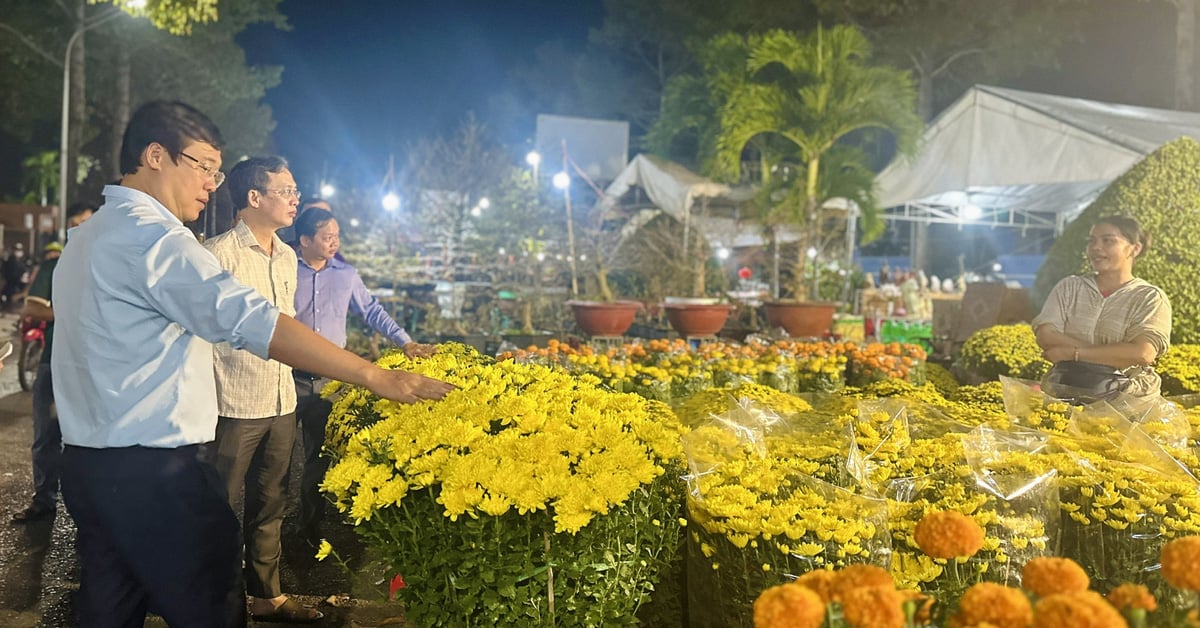

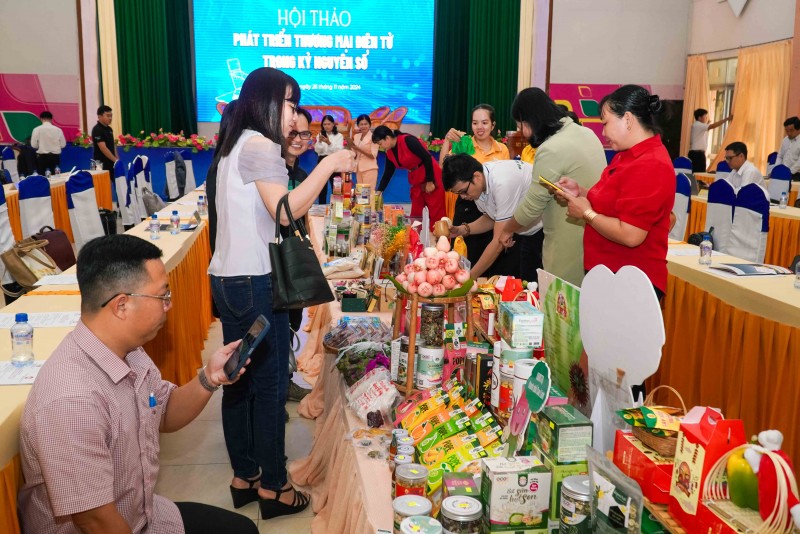

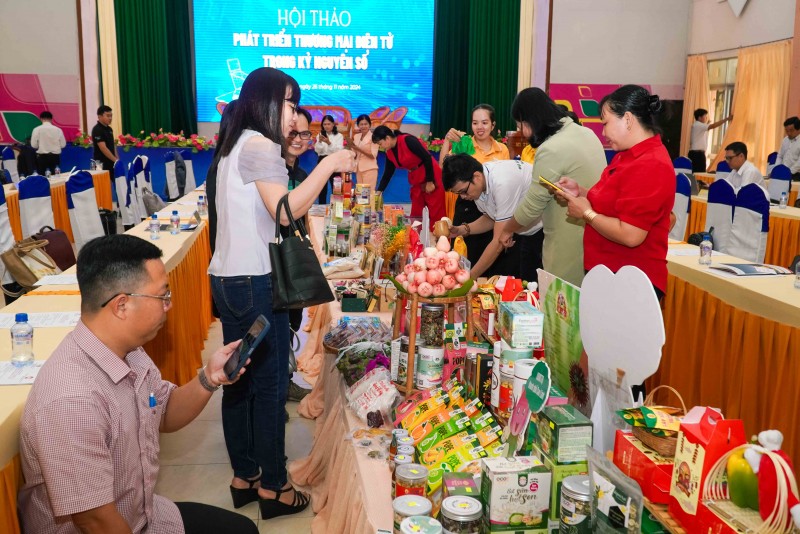

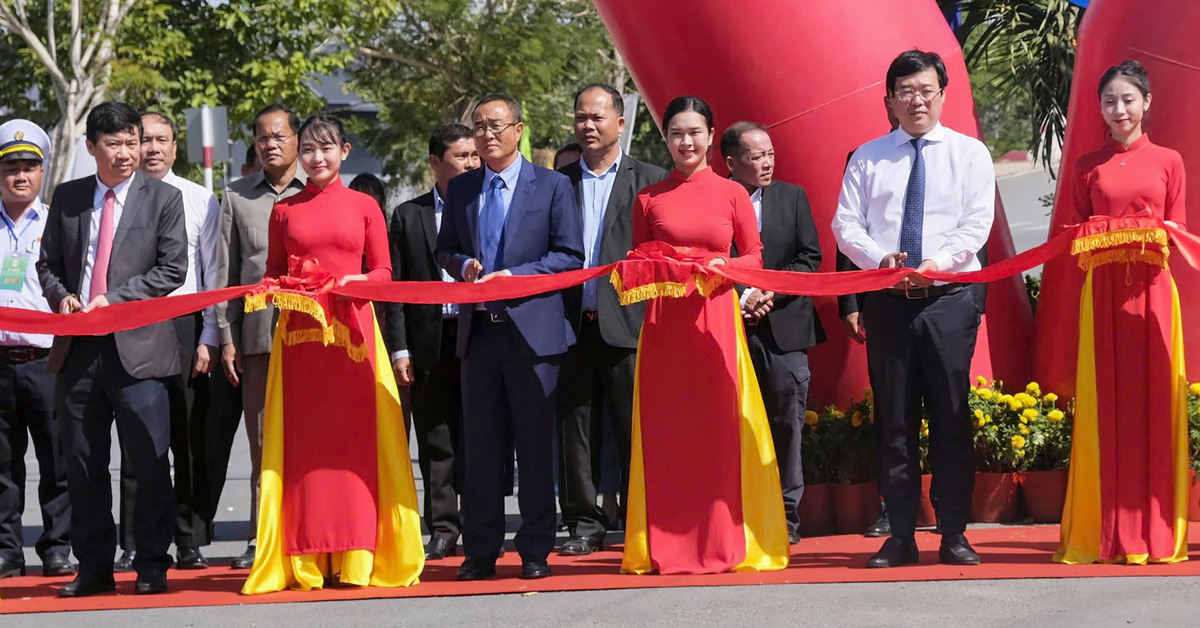
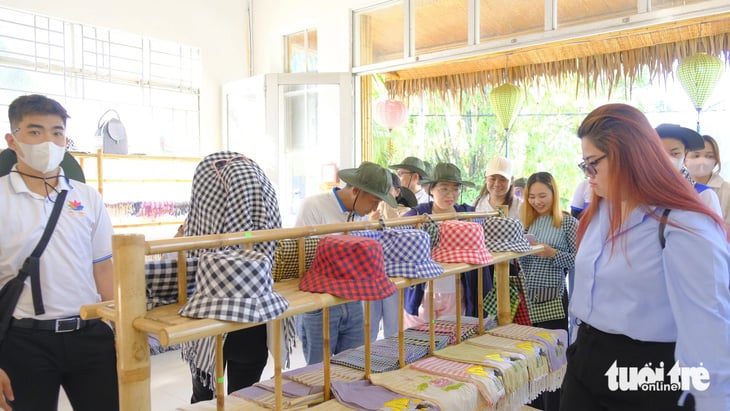
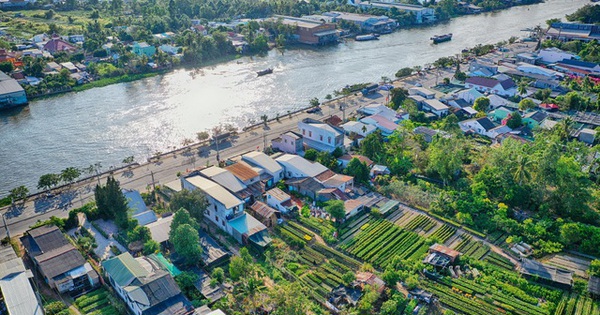



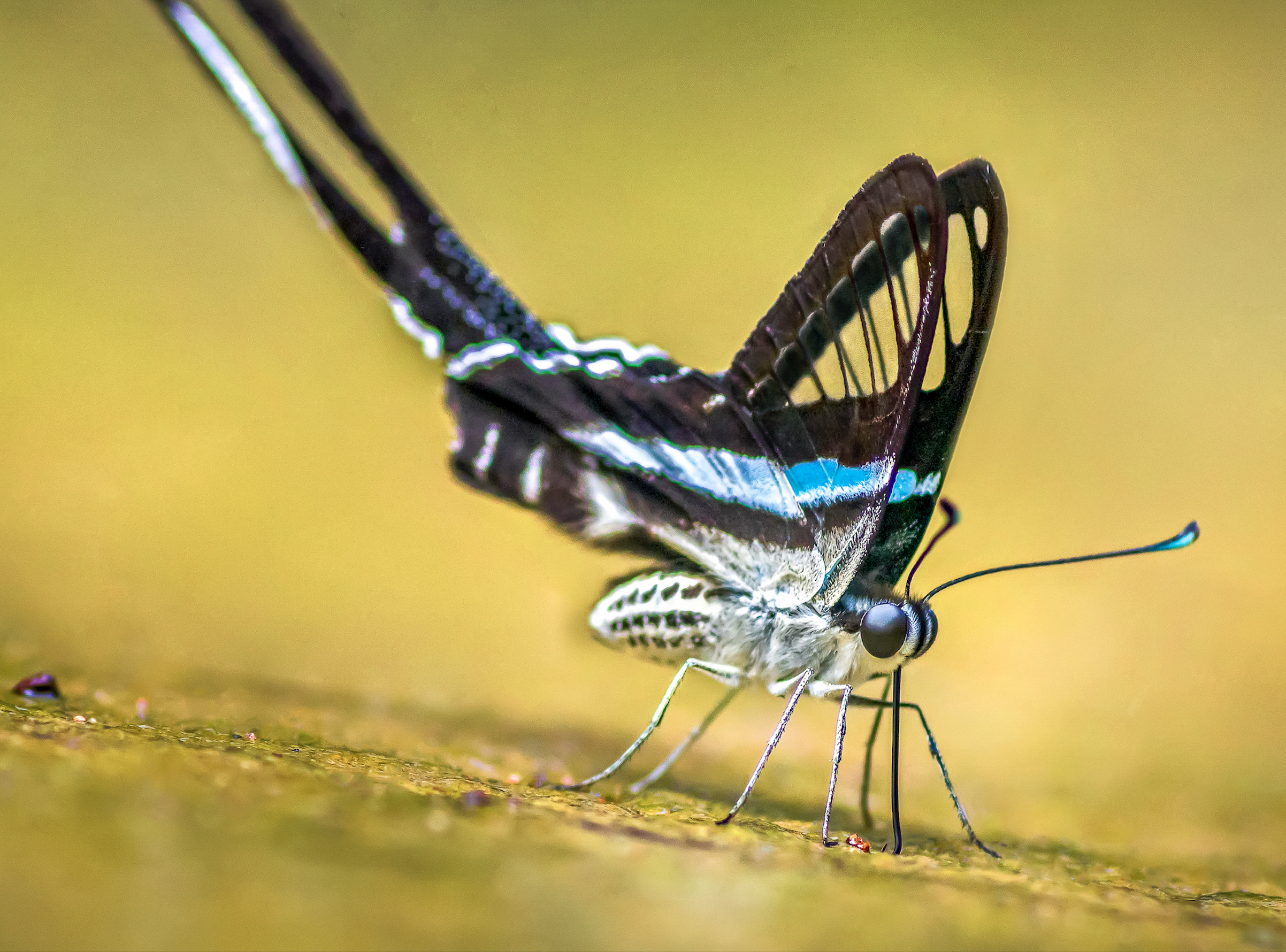
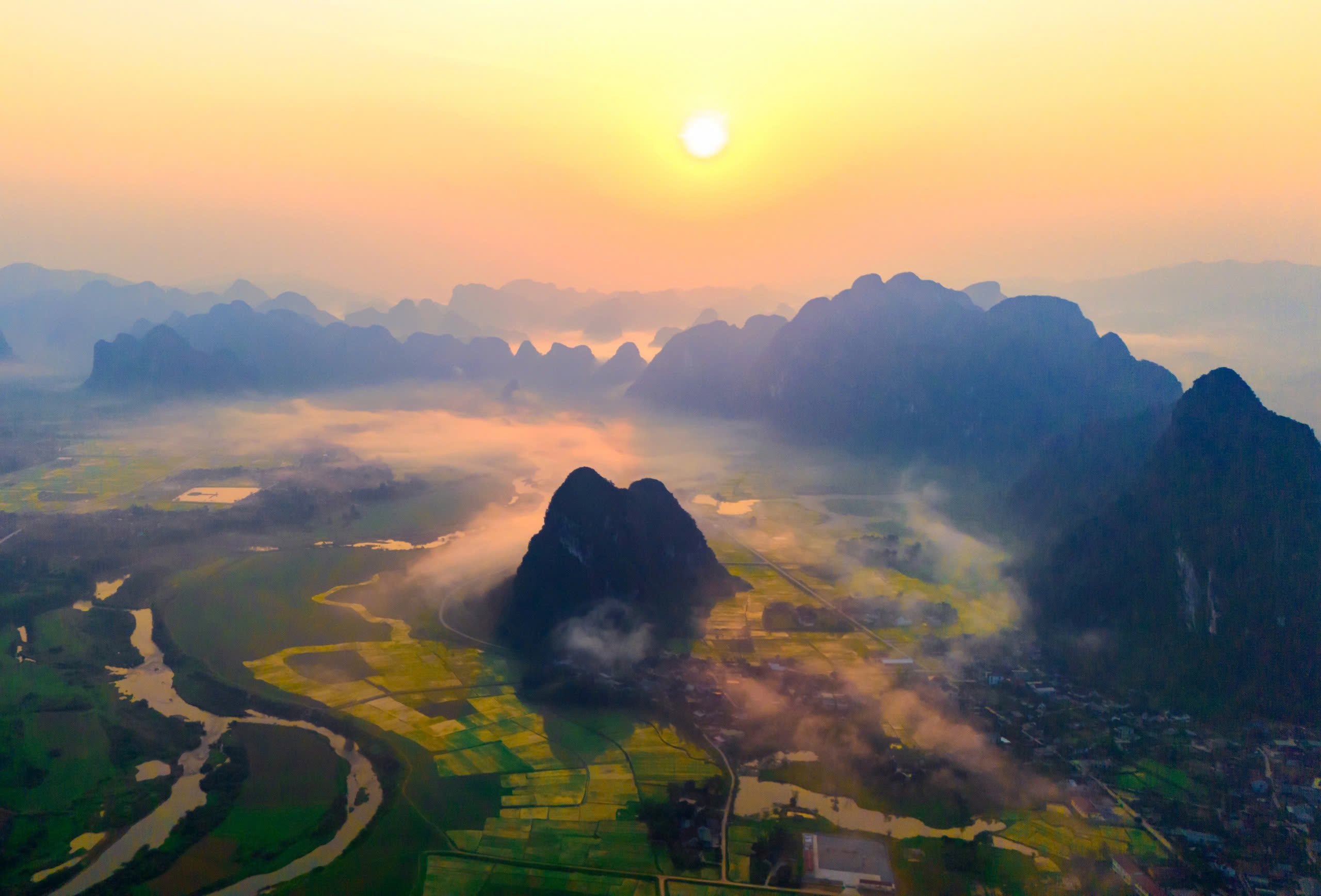
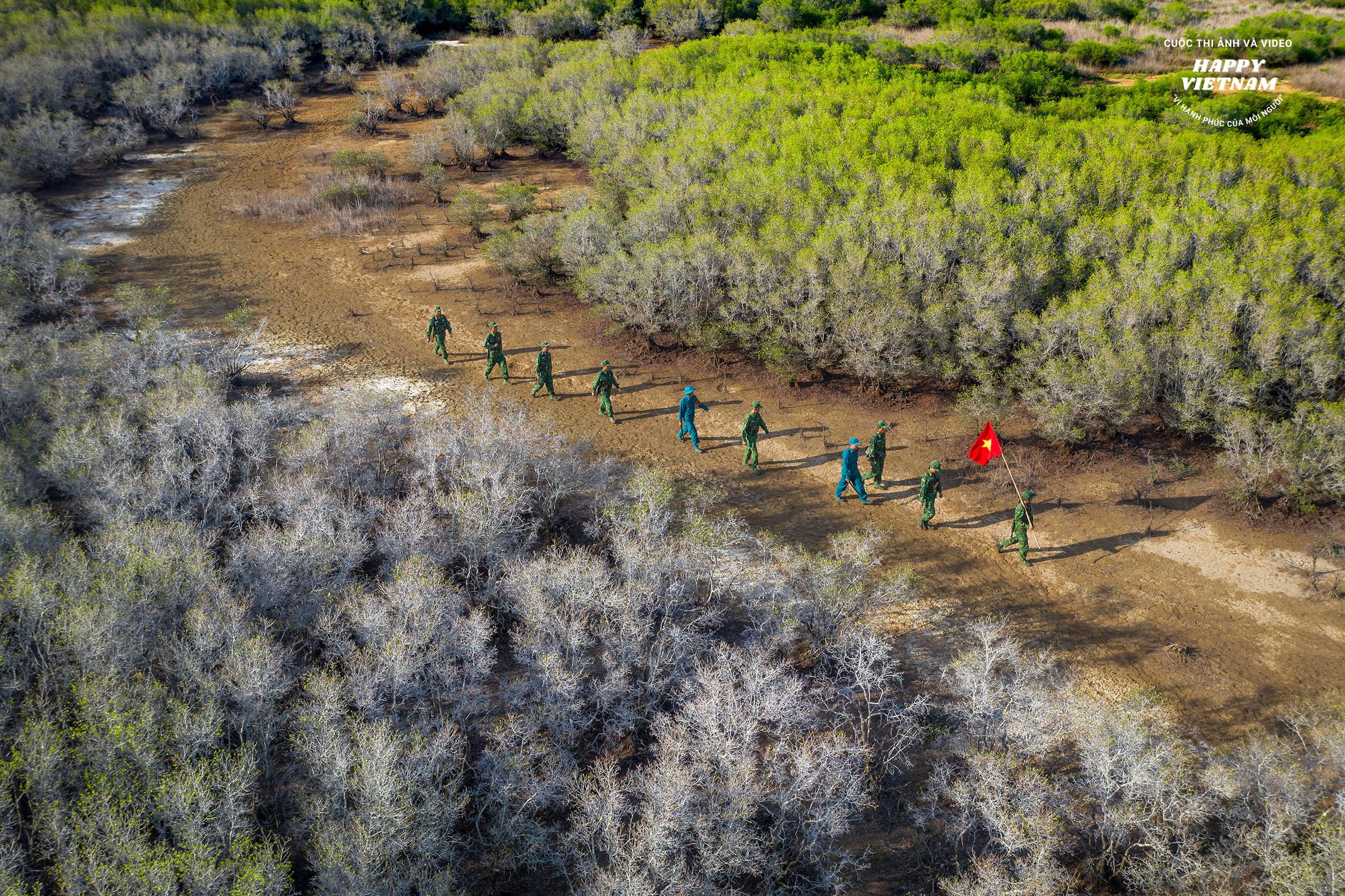
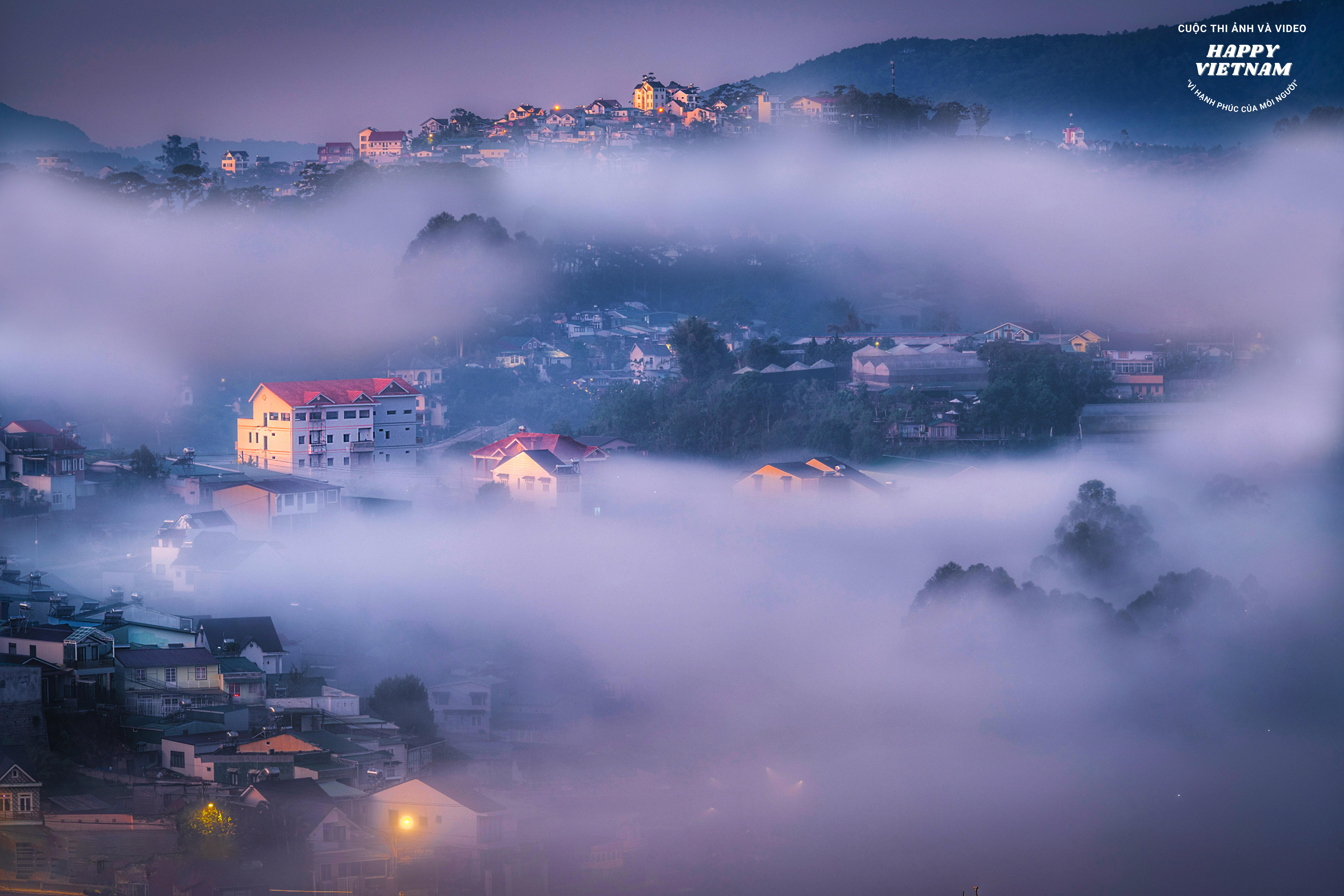
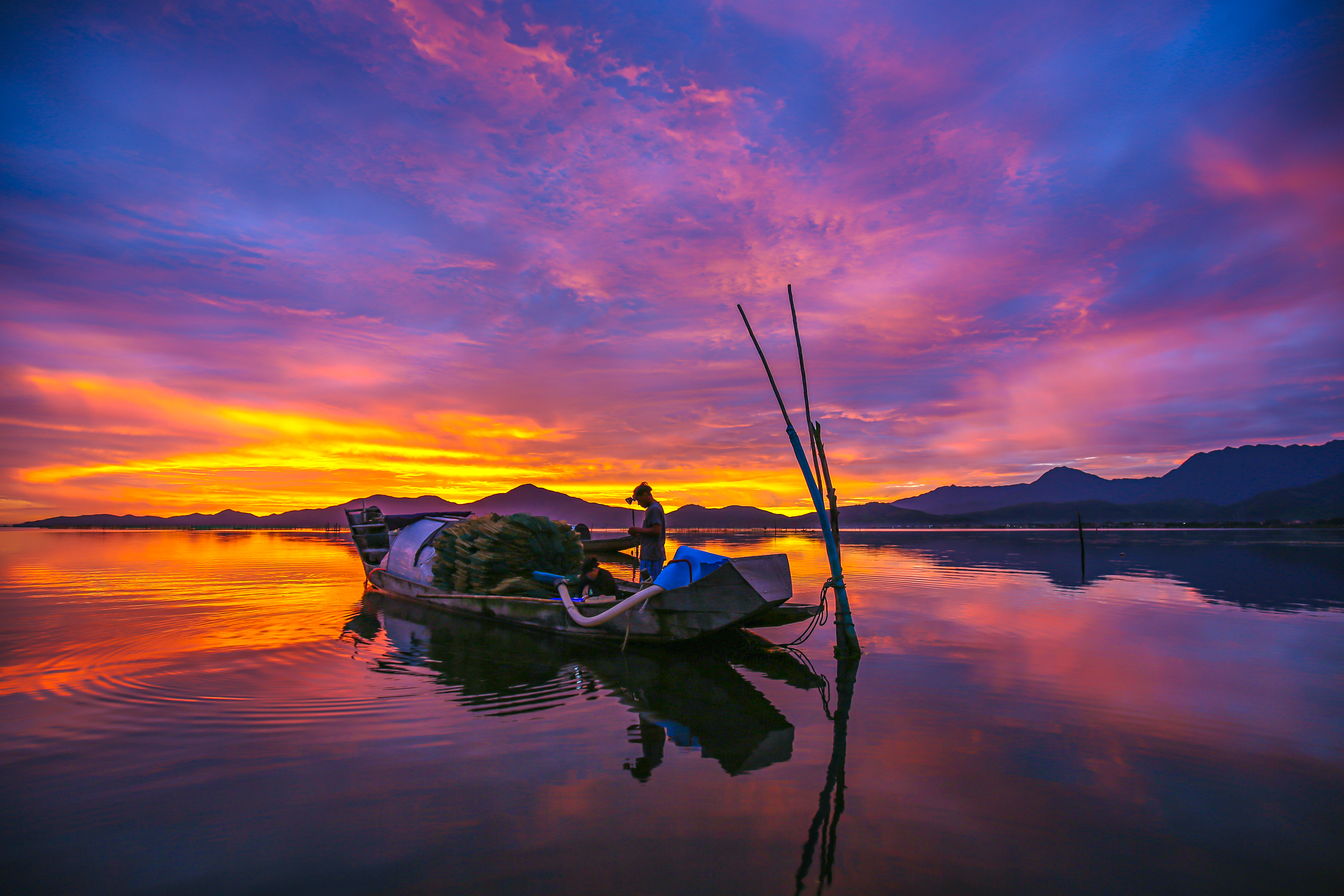

















Comment (0)